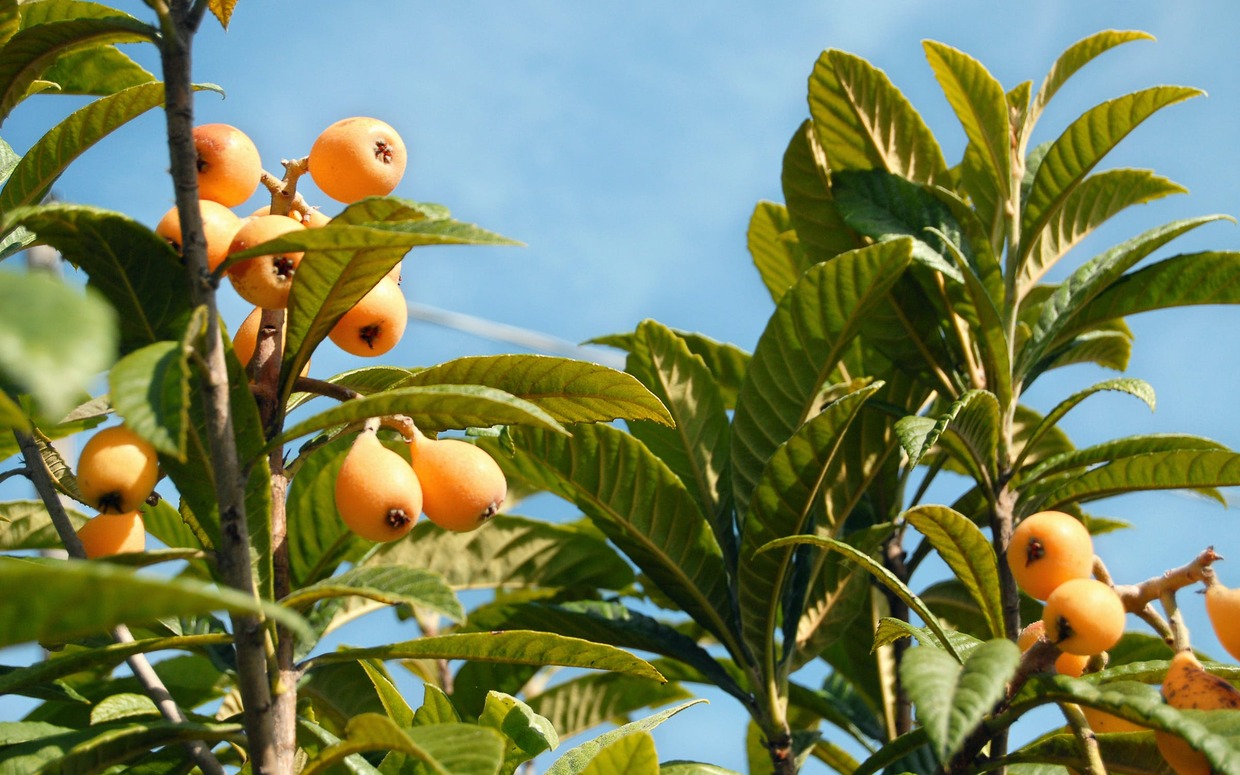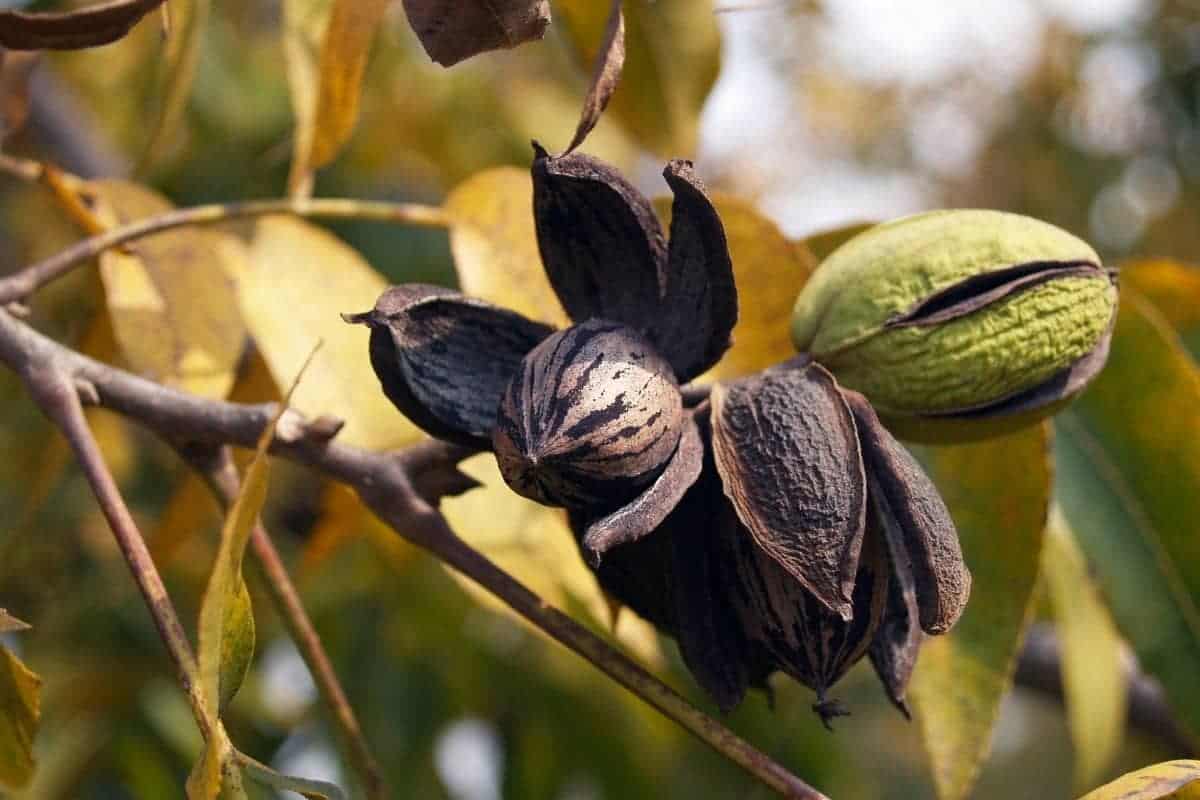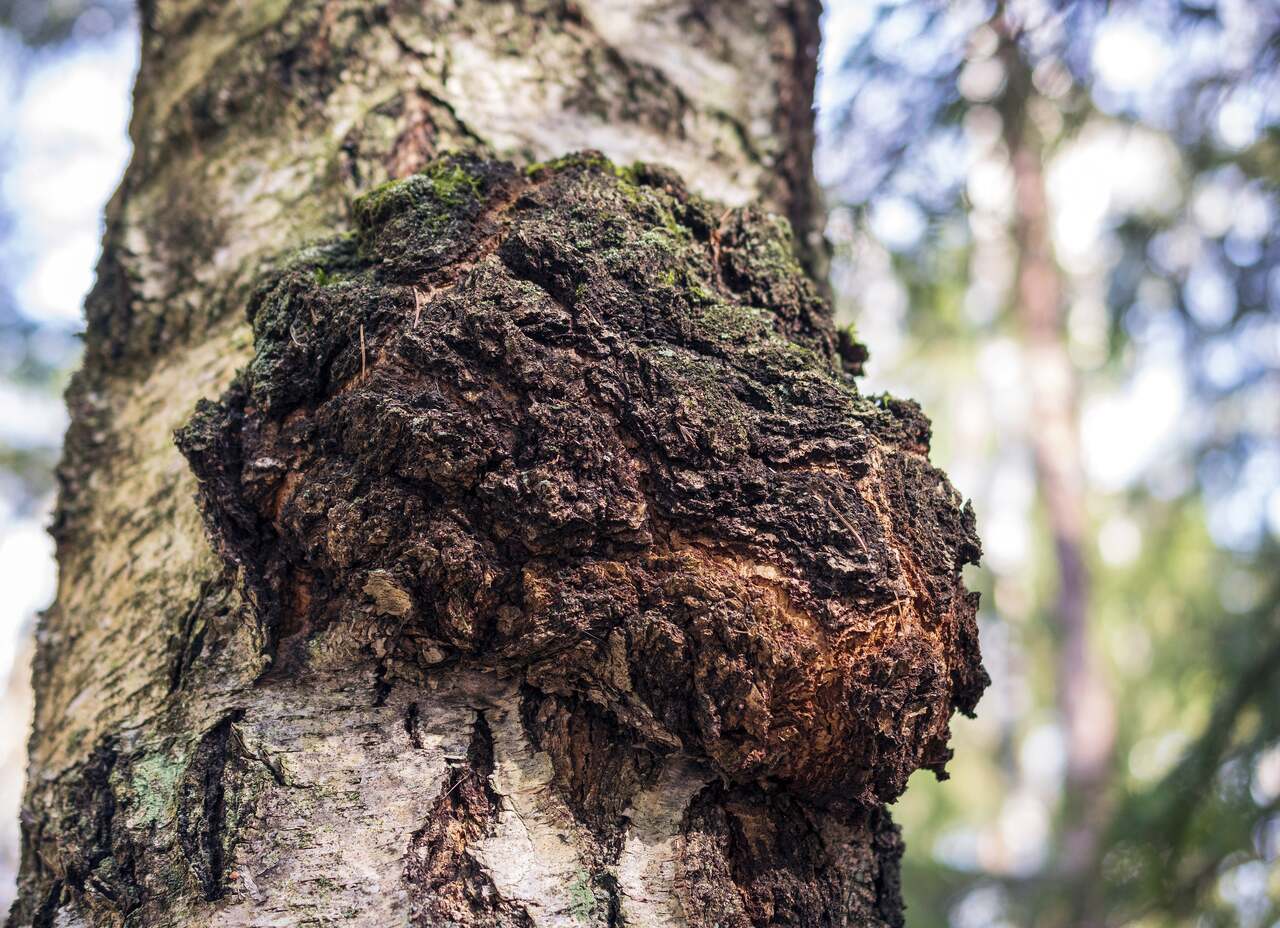Home>Types of Gardening>Edible Gardening>What Nuts Dont Grow On Trees


Edible Gardening
What Nuts Dont Grow On Trees
Modified: January 22, 2024
Discover the surprising varieties of nuts that can be grown in your own edible garden. Explore the world of edible gardening and learn what nuts don't grow on trees.
(Many of the links in this article redirect to a specific reviewed product. Your purchase of these products through affiliate links helps to generate commission for Chicagolandgardening.com, at no extra cost. Learn more)
Table of Contents
Introduction
Welcome to the fascinating world of edible gardening! If you have a green thumb and a love for food, then growing your own nuts can be a rewarding and fulfilling experience. Not only do nuts provide delicious and nutritious snacks, but they also offer numerous health benefits and can be a great addition to your culinary endeavors.
While most people are familiar with commonly grown nuts like almonds, walnuts, and cashews, there is a whole universe of nuts that you may not be aware of. In this article, we will explore both traditional and unconventional nuts that can be grown in your own backyard or even in containers on your balcony.
Edible gardening allows adventurous gardeners to experiment with a diverse range of plant species. Some of these plants produce nuts that are unique and surprising, while others challenge our preconceived notions of what constitutes a “nut.” Exploring these hidden gems can introduce exciting new flavors and textures to your culinary repertoire.
While nuts are typically associated with trees, we will also discover that some “nuts” actually come from shrubs or even root vegetables. The world of edible gardening is full of surprises, and by exploring these unconventional nuts, you can expand your gardening horizons and create a truly diverse edible landscape.
In this article, we will delve into the fascinating world of nuts, both conventional and unconventional. We will explore the reasons why growing your own nuts can be a rewarding experience and guide you through the process of nurturing these plants to ensure a bountiful harvest. Whether you have a sprawling garden or a tiny urban balcony, there are options available for everyone to embark on this delicious edible gardening journey.
So, get ready to discover an array of nuts that will tantalize your taste buds and add a touch of excitement to your edible garden. From the familiar to the unexpected, let’s dive into the world of nuts and explore the possibilities of growing them in your own backyard.
Common Nuts
When it comes to nuts, there are several varieties that are widely known and loved. These nuts have become pantry staples and are often incorporated into a variety of dishes, from baked goods to savory recipes. Let’s take a closer look at some of the most common nuts that you can easily grow in your own garden.
Almonds: Almonds are one of the most popular nuts around the world. They are not only delicious but also packed with nutrients. Almond trees are relatively easy to grow, and their blossoms create a stunning display in the spring. The nuts can be harvested when the green outer hull splits open, revealing the hard, woody shell that protects the edible kernel.
Walnuts: Walnuts are another well-known nut variety that is cherished for its rich and earthy flavor. Walnut trees can grow to be quite large, so they are best suited for spacious gardens or orchards. The nuts mature in the fall and can be collected once the outer green husk has dried and started to split.
Cashews: Cashews are unique among nuts due to their crescent shape and delicate texture. While most nuts are harvested fully mature, cashews are typically harvested while still in their soft, green shells. The shells are carefully cracked to extract the kidney-shaped nut, which is then roasted to enhance its flavor.
Pecans: Pecans are native to North America and are widely used in traditional Southern cuisine. Pecan trees often grow to be towering giants, so they require ample space to thrive. The nuts are ready for harvest in the late fall, and their rich, buttery taste is perfect for pies, cookies, and other baked goods.
Hazelnuts: Hazelnuts, also known as filberts, are beloved for their sweet, buttery flavor. These nuts can be grown in a variety of climates and are well-suited for backyard gardens. Hazelnut trees produce clusters of nuts, enclosed in papery husks, which can be harvested in the late summer or early fall.
Pistachios: Pistachios are not only delicious but also a lot of fun to eat. These vibrant green nuts have a unique flavor and a mildly sweet taste. Pistachio trees require a long, hot summer to thrive and produce an abundant harvest. The nuts ripen in late summer and can be harvested by gently shaking the tree.
Nurturing these common nut trees in your garden can be a rewarding experience, providing you with a bountiful harvest of fresh, flavorful nuts. Whether you have a large garden or a small plot, these nut varieties can thrive if provided with the right growing conditions. So why not add a touch of nuttiness to your edible garden and enjoy the fruits of your labor in the form of delicious and nutritious homegrown nuts?
Unconventional Nuts
While the common nuts we discussed earlier are widely known and loved, there are also a range of unconventional nuts that you may not be familiar with. These nuts can offer unique flavors and textures, adding a touch of excitement and variety to your edible garden. Let’s explore some of these unconventional nut options.
Tiger Nuts: Despite the name, tiger nuts are not actually nuts but small tubers. They have a sweet, nutty flavor and a slightly chewy texture, making them popular as a snack or ingredient in baked goods. Tiger nuts are grown from a type of grass called chufa, and the tubers can be harvested once the plants have matured, typically after six to eight months.
Pine Nuts: Known for their rich, buttery flavor, pine nuts are a common ingredient in many cuisines around the world. However, it may come as a surprise that pine nuts are not true nuts, but rather the seeds of pine cones. Pine trees produce cones that contain these edible seeds, which can be harvested by carefully extracting them from the cones.
Beech Nuts: Beech nuts come from the European beech tree and are often overlooked compared to other nuts. These small, triangular nuts have a mild and slightly sweet taste. While they may not be as widely available as other nuts, beech trees can be grown in suitable climates and can provide a unique addition to your edible garden.
Macadamia Nuts: Macadamia nuts are native to Australia and are beloved for their rich and creamy flavor. Although considered as nuts, they are actually seeds that come from the macadamia tree’s fruit. These trees require a warm climate to thrive and produce a bountiful harvest of these delicious and luxurious nuts.
Chinquapin: Chinquapin nuts come from the chinquapin tree, which is a type of chestnut tree. These small, sweet nuts have a distinctive flavor and are often enjoyed roasted. While chinquapin trees may not be as commonly grown as other nut trees, they can be a delightful addition to a diverse edible garden.
Adding these unconventional nuts to your edible garden not only provides you with a unique and varied palate of flavors but also enriches the biodiversity of your garden. It’s always exciting to grow and sample different types of nuts, expanding your culinary horizons and keeping your garden experience engaging and diverse. So why not venture beyond the common nuts and explore the world of these unconventional alternatives? Your taste buds will thank you!
Nuts That Are Surprisingly Not Nuts
When we think of nuts, we typically envision the familiar hard-shelled kernels that come from trees. However, there are some food items commonly referred to as nuts that are not actually nuts in the botanical sense. Let’s explore a few examples of these surprising “nuts.”
Peanuts: Peanuts, enjoyed as a popular snack and as peanut butter, are often considered nuts. In reality, they belong to the legume family and are closely related to beans and peas. Peanuts grow underground, making them more like a root vegetable than a true tree nut.
Chestnuts: Chestnuts, enjoyed roasted and often associated with the holiday season, are not true tree nuts. Instead, they are classified as a type of nut-like seed or fruit called a “nutlet.” Chestnuts come from the chestnut tree and have a distinct flavor and texture that sets them apart from traditional nuts.
Pistachios: While pistachios were mentioned earlier as common nuts, it may surprise you to learn that they are not actually nuts either. Pistachios are seeds found within the small, elongated fruits called drupes. These drupes are what we commonly refer to as the shell of the pistachio.
Pine Nuts: Pine nuts, with their delicate and buttery flavor, are often used in culinary dishes. However, like pistachios, pine nuts are not true nuts but are the edible seeds found within pine cones.
These examples serve as a reminder that the term “nut” can be loosely used and can encompass a variety of foods beyond true nuts. While they may not fit the botanical definition, these “nuts” still provide unique flavors, textures, and nutritional benefits that make them a popular choice in traditional and modern cuisine.
So, the next time you enjoy peanuts with your favorite snack or savor the rich taste of roasted chestnuts, remember that these “nuts” are actually part of a broader botanical family. Embrace the diversity and embrace the fact that sometimes, what we think of as nuts can surprise us in the most delightful ways.
Conclusion
Exploring the world of edible gardening and growing your own nuts is a rewarding and fulfilling endeavor. From the common nuts that we all know and love, to the unconventional options that add a unique twist to our culinary experiences, there is a wide range of nuts to choose from when it comes to edible gardening.
Whether you have a backyard garden, a balcony, or even just a small space on a windowsill, there are options available for you to grow your own nuts. Not only does this allow you to enjoy the freshness and flavor of homegrown nuts, but it also gives you a chance to engage with the natural world, connect with your food, and build a deeper appreciation for the wonders of nature.
From almond trees, walnut trees, and cashews to tiger nuts, beech nuts, and pine nuts, each nut variety brings its own unique characteristics, flavors, and growing requirements. By carefully tending to these plants, you can witness the lifecycle of a nut, from the beautiful blossoms to the rewarding harvest.
It’s important to remember that even the nuts that are not technically nuts, like peanuts and chestnuts, can still offer delightful flavors and textures. Their unexpected classification challenges our understanding of what we consider to be nuts and invites us to embrace the diversity of the botanical world.
So, whether you’re a seasoned gardener or someone just starting out, consider adding a few nut trees or even some unconventional “nuts” to your edible garden. With a little bit of knowledge, patience, and care, you can enjoy the bountiful harvest of your own homegrown nuts while reaping the rewards of a fulfilling and sustainable gardening experience.
Get ready to embark on a delightful journey of discovery and savour the fruits of your labor as you nurture and grow various nuts in your own backyard. Happy gardening and happy nutting!





